From the mummies and artifacts to pyramids and the pharaoh, Egyptian history has always intrigued archaeologists and storytellers alike. Even though it has been explored through excavation for centuries, experts continue to come across new mysteries from Egypt's past. As part of their latest finding, The Ministry of Tourism and Antiquities shared how archaeologists in the Tal-Abaquian area stumbled upon artifacts connected to Ramses II, one of the greatest pharaohs of Egypt. While much has been heard about the pharaoh, historians were delighted to find many more precious elements that have a story to tell, including the Bronze sword used by the king during the war. The Egyptian archaeological mission of the Supreme Council of Archaeology was headed by Dr. Ahmed Saeed Al-Kharadli and they made quite a few important finds in the area.

Starting with storage items, weapons and several other items used presumably during war, the area had heaploads of discoveries. The Abaikan Fort discovered along with the items is said to have been the base camp for soldiers during the war decades ago. The era can be traced back to 1550 to 1070 BC, as per Popular Mechanics. Crockery, ovens, pottery and more were found which revealed what the daily supply and functioning looked like for the soldiers during the time of war. The design, material and other intricacies point out a lot about how things worked out, especially during tedious periods of war. Among the other finds were artifacts and other personal items presumed to be that of the soldiers.

“A collection of artifacts were found that shed light on the daily activities of the fortress, their religious and military thinking such as weapons used in wars, hunting gear, ornaments and personal hygiene such as ivory tinsel, beads and agate jars Red and turquoise, and a combination of protection,” the post read. The find that stuns archeologists the most is the bronze sword said to be that of King Ramses II. “The expedition found a long bronze sword decorated with engravings of King Ramses II's Cartouches,” the caption of the post explained. A picture of the sword was shared along with the other artifacts and it seemed to be in a fairly good condition.
“One of the most notable discoveries is the burial of a cow, symbolizing strength, abundance, and prosperity, as cows were revered as celestial deities,” the post mentioned. It was also noted that two limestone blocks were found out of which one contained the inscriptions of the titles of King Ramses II. The other block is said to be of another official. “Other finds include a faience scarab engraved with ‘Amun – Lord of the Sky’ topped by a lotus flower, another scarab bearing an image of the deity ‘Ptah,’ half of a bronze ring inscribed with ‘Amun Horakhty,’ and two necklaces made of faience and carnelian shaped like pomegranate blossoms,” the post revealed. The entire fort surely has a lot more to unearth and archaeologists are making efforts to bring out all they can from the area.

















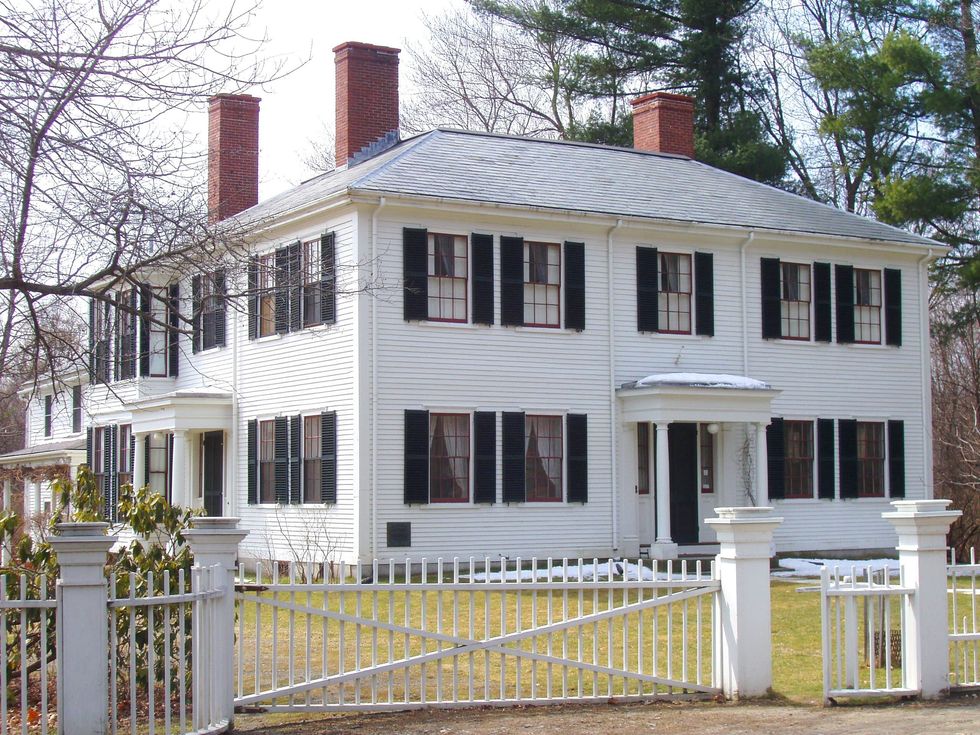 File:Ralph Waldo Emerson House (Concord, MA).JPG - Wikimedia Commons
commons.wikimedia.org
File:Ralph Waldo Emerson House (Concord, MA).JPG - Wikimedia Commons
commons.wikimedia.org


 Pictured: The newspaper ad announcing Taco Bell's purchase of the Liberty Bell.Photo credit: @lateralus1665
Pictured: The newspaper ad announcing Taco Bell's purchase of the Liberty Bell.Photo credit: @lateralus1665 One of the later announcements of the fake "Washing of the Lions" events.Photo credit: Wikimedia Commons
One of the later announcements of the fake "Washing of the Lions" events.Photo credit: Wikimedia Commons This prank went a little too far...Photo credit: Canva
This prank went a little too far...Photo credit: Canva The smoky prank that was confused for an actual volcanic eruption.Photo credit: Harold Wahlman
The smoky prank that was confused for an actual volcanic eruption.Photo credit: Harold Wahlman
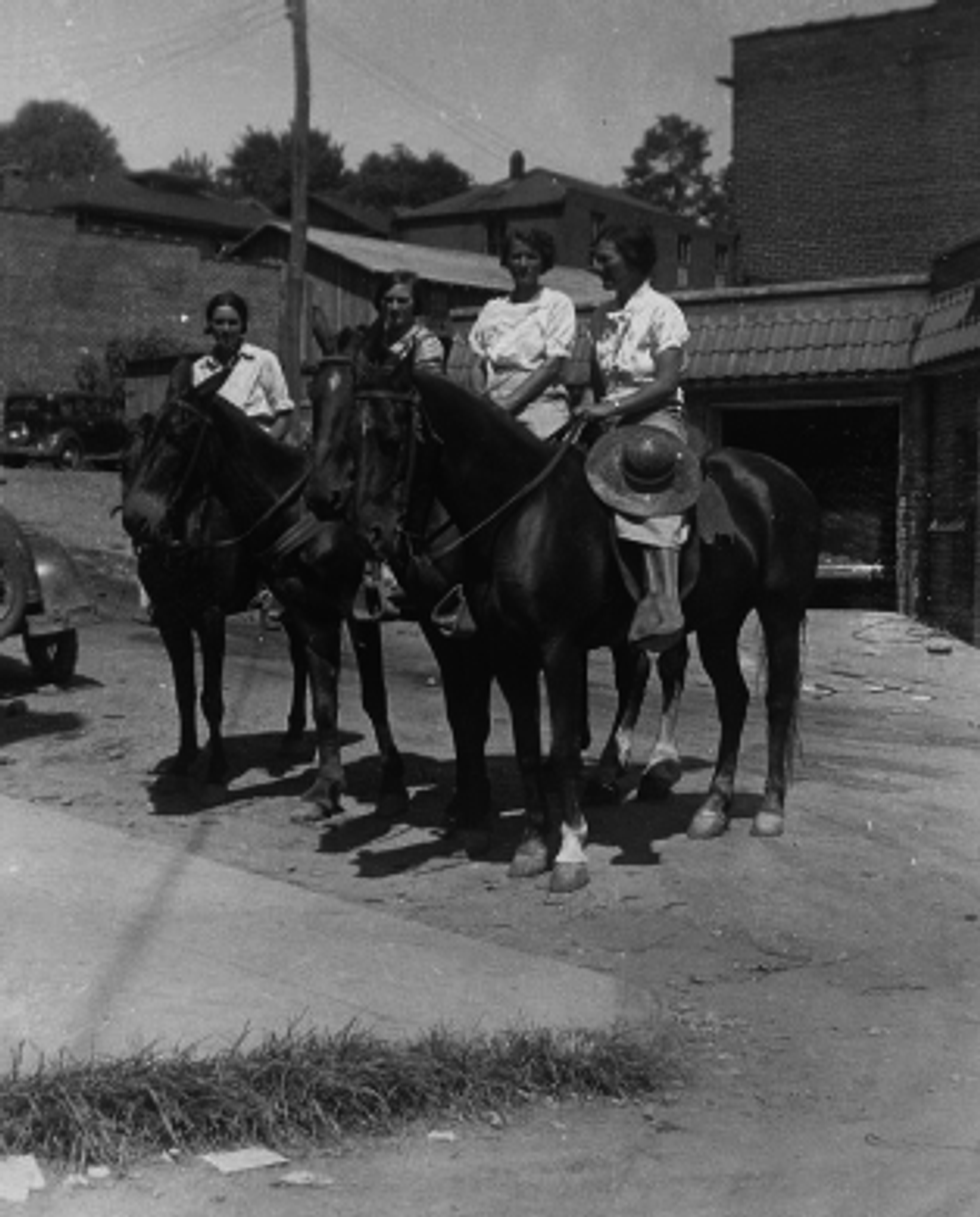 Packhorse librarians ready to start delivering books.
Packhorse librarians ready to start delivering books.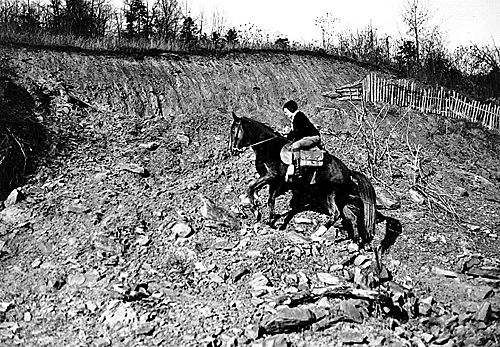 Pack Horse Library Project - Wikipedia
Pack Horse Library Project - Wikipedia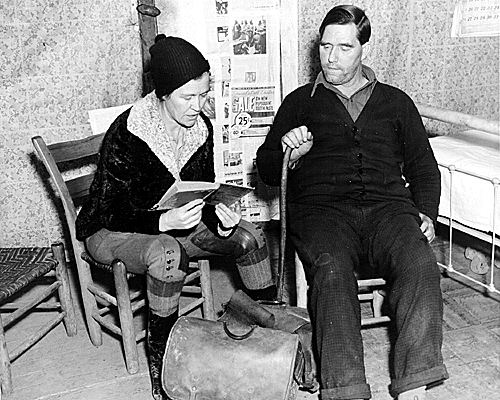 Packhorse librarian reading to a man.
Packhorse librarian reading to a man.
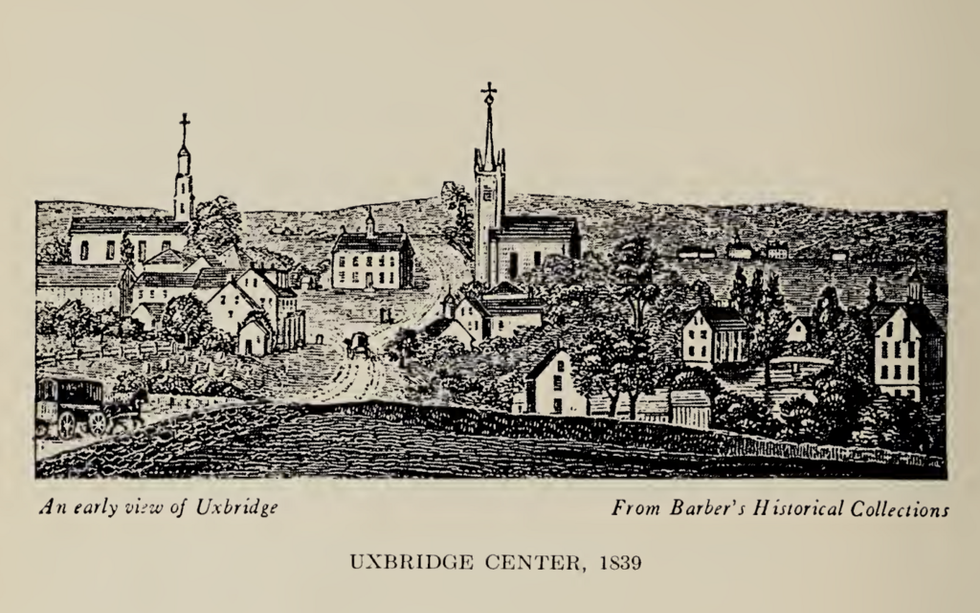 Fichier:Uxbridge Center, 1839.png — Wikipédia
Fichier:Uxbridge Center, 1839.png — Wikipédia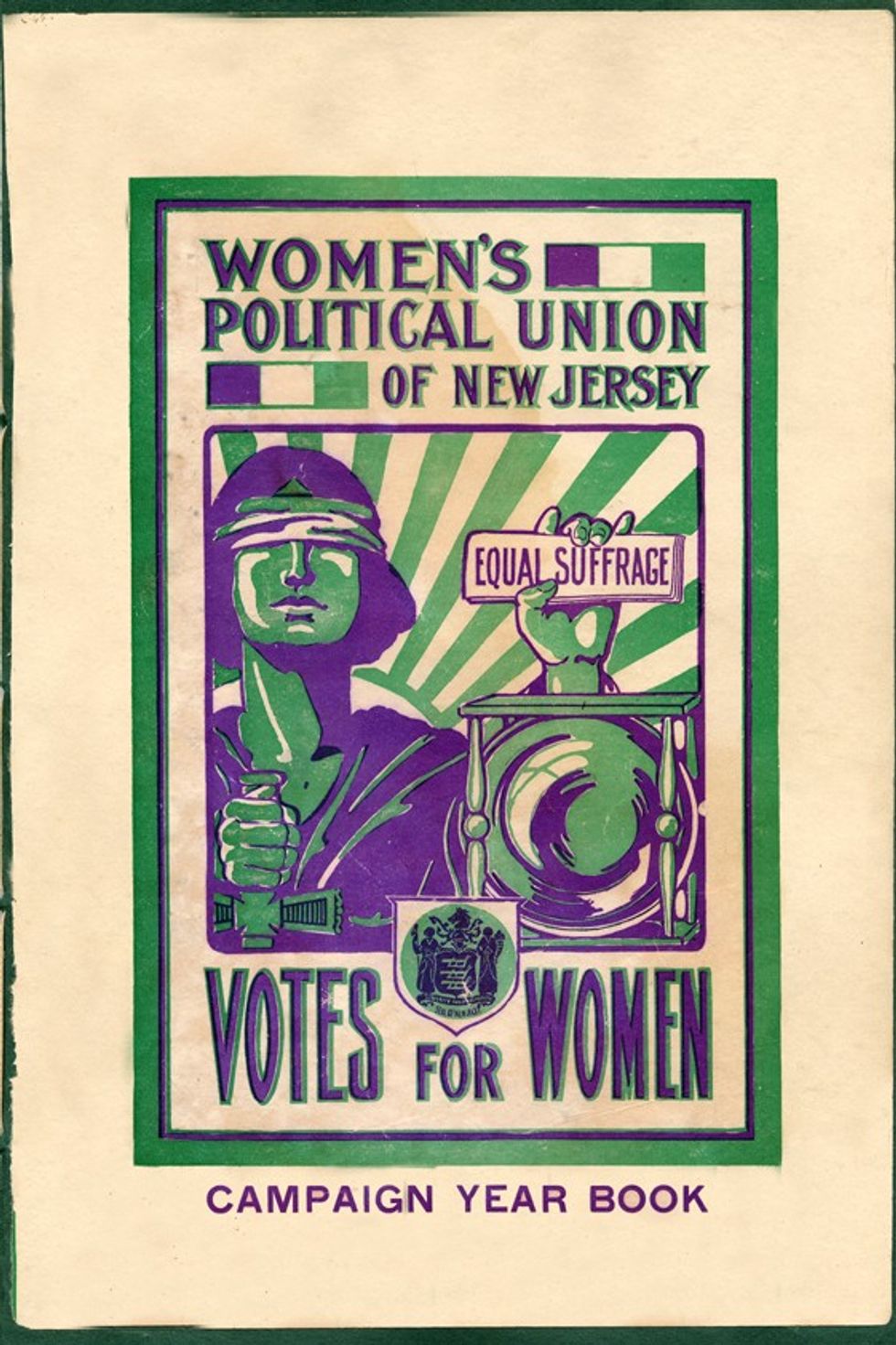 File:Women's Political Union of New Jersey.jpg - Wikimedia Commons
File:Women's Political Union of New Jersey.jpg - Wikimedia Commons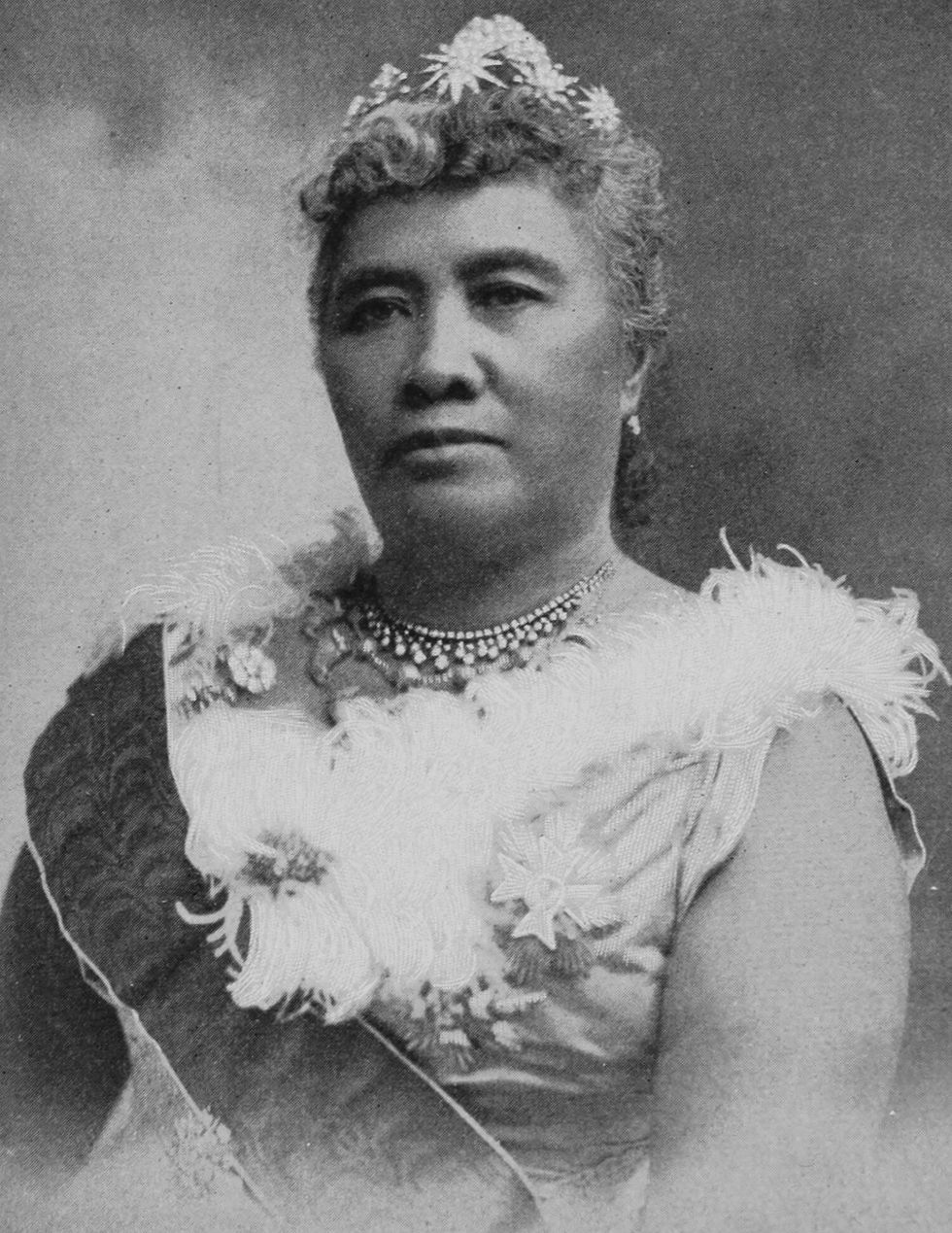 File:Liliuokalani, photograph by Prince, of Washington (cropped ...
File:Liliuokalani, photograph by Prince, of Washington (cropped ...
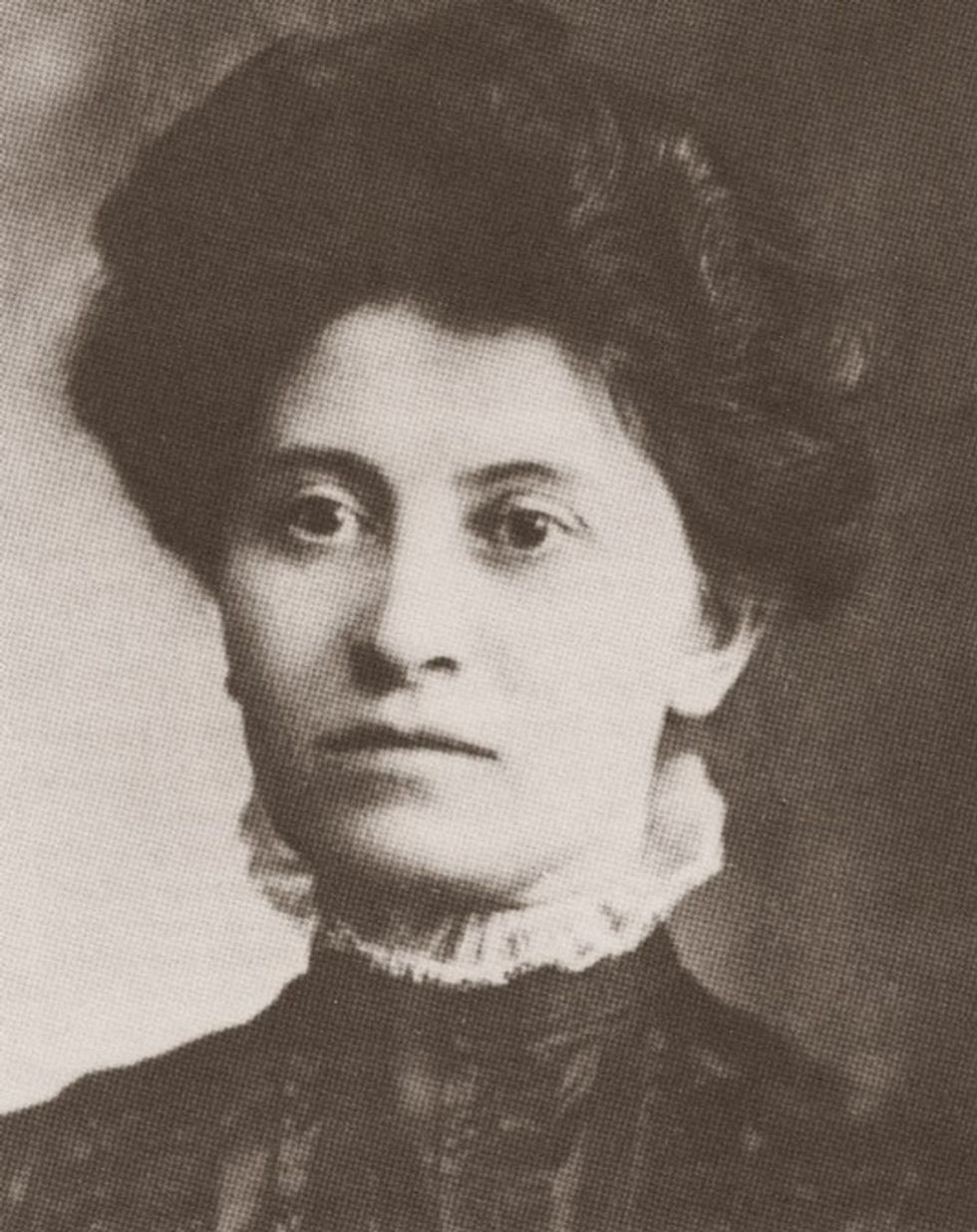 Theresa Malkiel
commons.wikimedia.org
Theresa Malkiel
commons.wikimedia.org
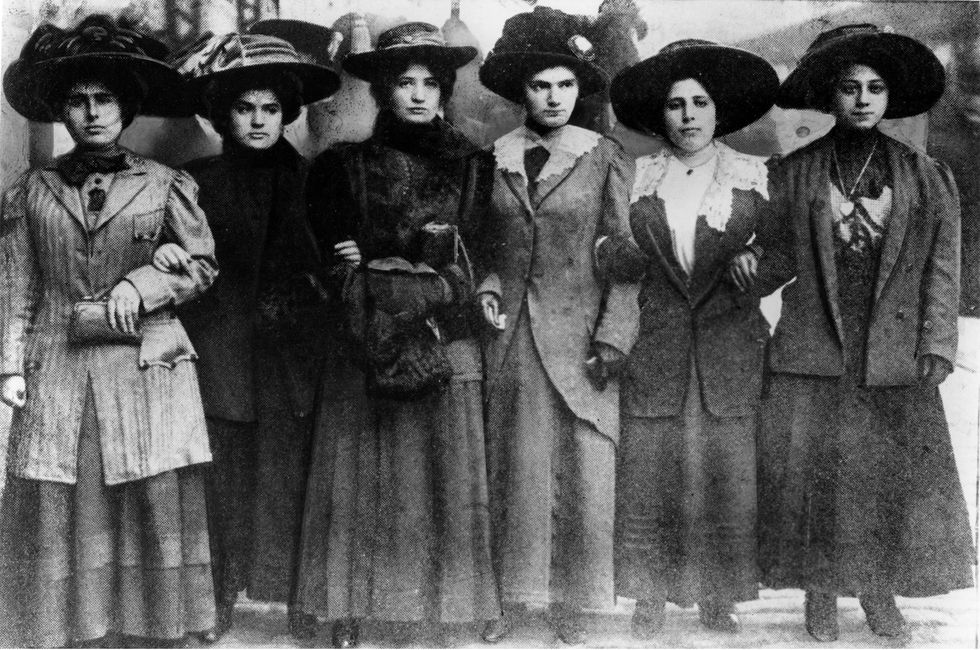 Six Shirtwaist Strike women in 1909
Six Shirtwaist Strike women in 1909
 U.S. First Lady Jackie Kennedy arriving in Palm Beach | Flickr
U.S. First Lady Jackie Kennedy arriving in Palm Beach | Flickr
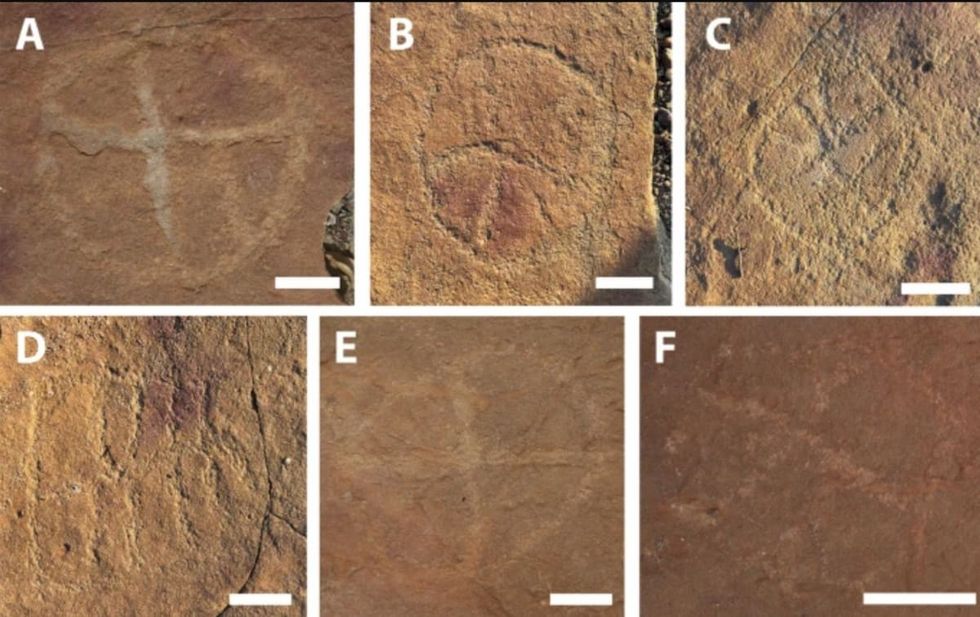 Image Source:
Image Source: 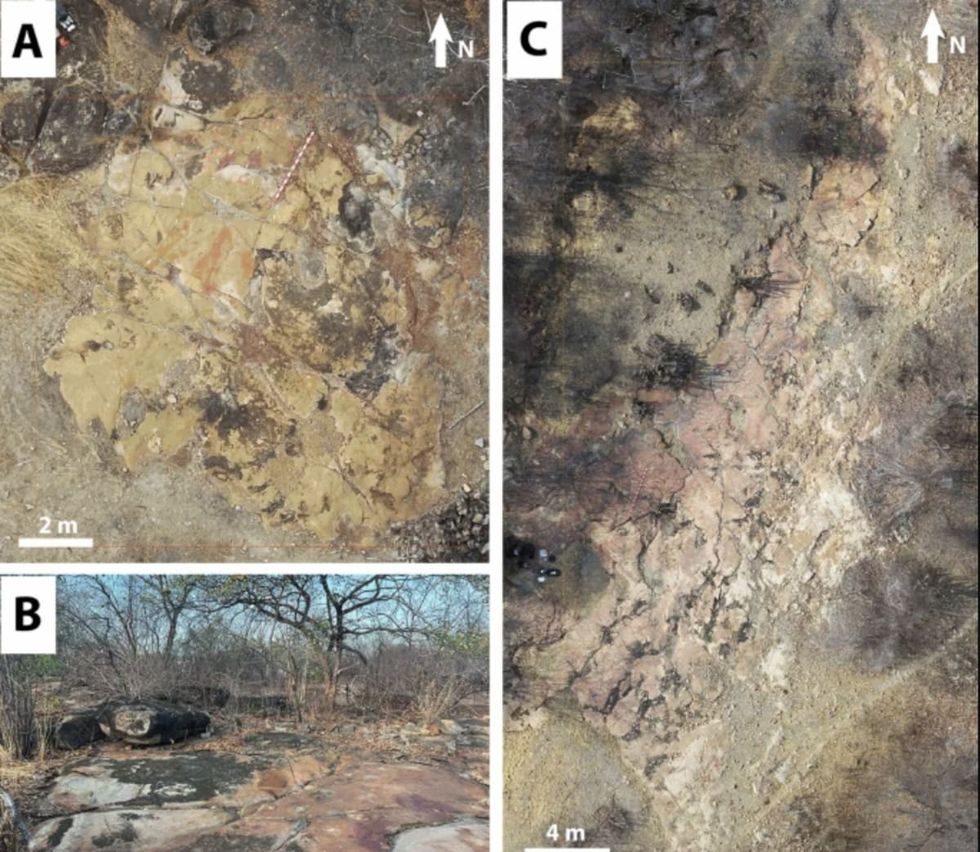 Image Source:
Image Source: 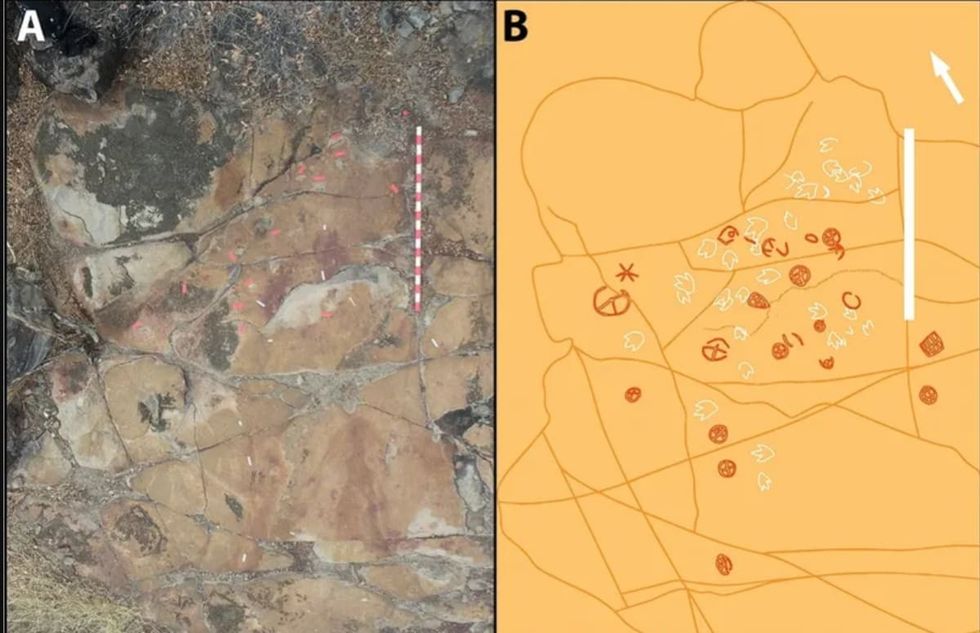 Image Source:
Image Source: